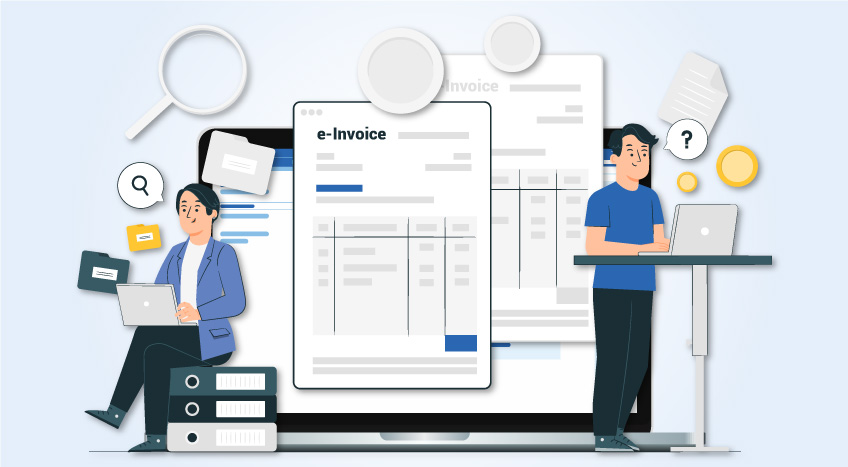Under VAT in UAE, the Law specifies the accounts and records which are to be maintained by all registrants in the country. The Law also specifies the time period for which bookkeeping records pertaining to supplies made and received should be retained. Let us understand the accounts and records to be maintained under VAT in UAE and the time period for which these accounts and records should be retained.
Accounts and Records under VAT
A taxable person under VAT in UAE should maintain the following accounts and bookkeeping records:
|
Accounts and Records under VAT in UAE |
|
1. Record of all outward supplies |
|
2. Tax invoices or alternative documents related to inward supply of goods and services |
|
3. Record of goods and services imported |
|
4. Record of goods and services exported |
|
5. All tax credit notes or alternative documents issued |
|
6. Record of goods and services disposed off or used for matters not related to the business, showing the taxes paid for the same |
|
7. Record of goods and services purchased for which input tax was not recovered |
|
8. Record of adjustments or corrections made to accounts or Tax Invoices |
|
9. A Tax Record showing the following: · Tax due on taxable supplies · Tax due on supplies where tax is to be paid on reverse charge · Tax due after correction of errors or adjustments · Input tax recoverable on inward supplies or imports · Input tax recoverable after correction of errors or adjustments |
Time period for retaining Accounts and Records
Accounts and bookkeeping records maintained by taxable persons should be retained for a period of 5 years after the end of the tax period to which they relate.
For example: A Tax Invoice for a supply on 10th January, '18 relates to the tax period of January-December '18. Hence, it should be retained until 31st December '23.
However, note that records pertaining to capital assets like machinery, furniture, etc. should be retained for at least 10 years from the end of the tax period to which they relate and records relating to real estate should be retained for at least 15 years from the end of the tax period to which they relate.
Hence, though businesses in UAE have done record keeping and maintained accounts and records for their internal reference in the past, the introduction of VAT requires certain record keeping and accounts and records to be mandatorily maintained. The details required in these accounts and records have been specified along with the period for which they should be retained. It is imperative that businesses use a software which will make the task of maintaining records and managing these accounts and records easier for them. Businesses should evaluate and decide upon a software which assists them in maintaining systematic and error-free accounts and records with inherent compliance validation. The business software should be their instrument for compliance under VAT while helping them maintain their focus on the core business activities.
Read more about UAE VAT
UAE VAT Return, VAT in UAE, How Does VAT System Works, Frequently Used Terms in VAT, VAT Exempt Supplies in UAE, VAT Return Form 201, Tax Audit under VAT in UAE, Supply under UAE VAT, Supply of Goods and Services in UAE VAT, Input Tax Recovery under VAT in UAE, VAT Return Filing in UAE, VAT Return Filing Period in UAE, Tax Agent under UAE VAT, Tax Credit Note under VAT in UAE
VAT Invoice
VAT Invoice in UAE, Simplified Tax Invoice under VAT in UAE, What Consumers Must Check in a Tax Invoice in UAE, Checklist for a Tax Invoice under VAT in UAE, Date of Supply, Value of Supply and Invoice for Deemed Supply in VAT, How to issue a Tax Invoice to unregistered customers, How to issue Tax Invoice to registered customers, Tax Invoice under VAT in UAE
VAT Payment
VAT Payment in UAE, How to Make VAT Payment using GIBAN, How to make VAT Payment to FTA in UAE, VAT Payment on Import of Goods in UAE, VAT Payment through e-guarantee in UAE, VAT payment on commercial property in FTA Portal, VAT payment on import in FTA portal









